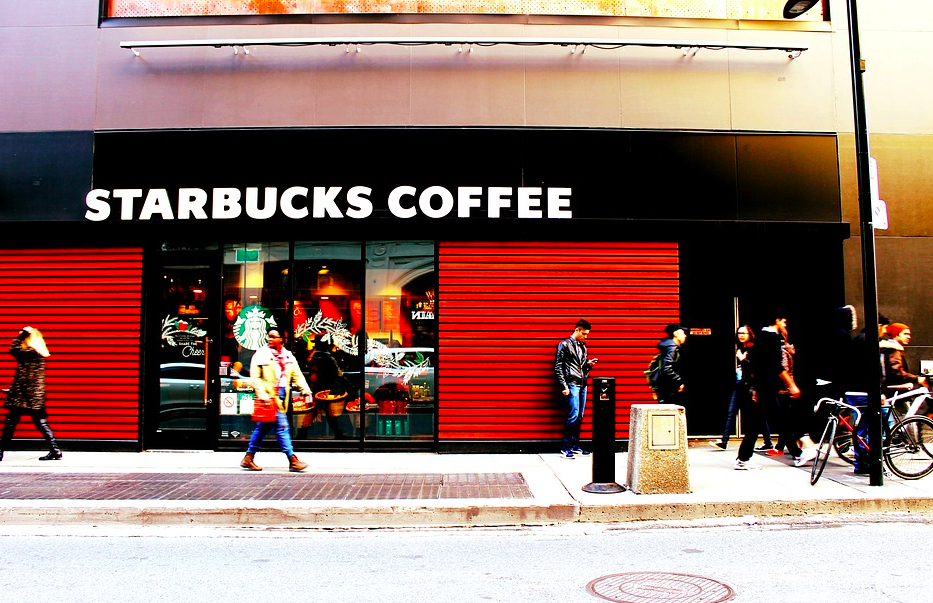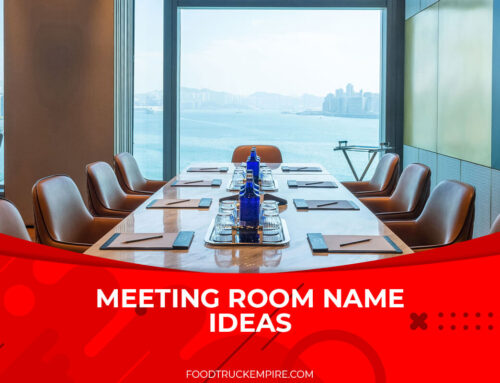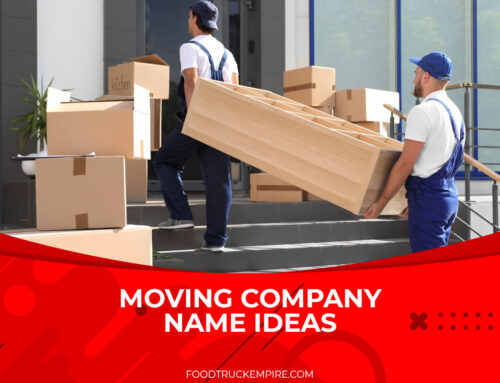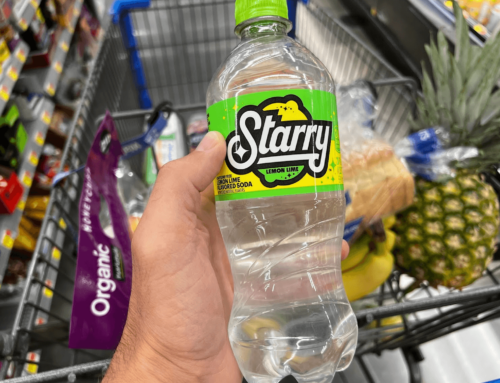For many small business people, buying a franchise can be a very lucrative path to small business ownership, with some key benefits not found when starting a business from scratch. When you buy a franchise, you are buying into an established brand with a track record for success; you get to manage the day-to-day tasks of running the business, while the heavy lifting of setting up operational procedures, researching and launching new menu offerings, managing huge advertising expenses and budgets, and even the real estate and construction management are all handled by the encouraging “big brother” in your new business.
If you’ve spent any time recently in a mall, at an airport, on a college campus, or practically anywhere else on planet Earth, you’ve probably sipped a $6 Triple Venti Half-Sweet Soy Caramel Macchiato from Starbucks and wondered about how you can get involved in this high-margin business. Starbucks’ business and brand continues to be incredibly strong and a proven earner, as the company plans expansion by more than 12,000 stores worldwide by 2022.
So the question is: Who’ve you gotta foam around here to get your hands on a Starbucks franchise? Take our 8-Minute Franchise Quiz to find the best Coffee Business For You.

Inside a Starbucks coffee shop.
Unfortunately, if you live in the United States or Canada, the answer is pretty simple: You probably can’t. Like Chick-fil-A, In-N-Out, Panda Express, and Chipotle, the Seattle-based coffee chain does not operate its stores on a franchise model. In a 2003 interview in Entrepreneur with Starbucks then-CEO Howard Schultz, the coffee giant explained why:
“We believed very early on that people’s interaction with the Starbucks experience was going to determine the success of the brand. The culture and values of how we related to our customers, which is reflected in how the company relates to our [employees], would determine our success. And we thought the best way to have those kinds of universal values was to build around company-owned stores and then to provide stock options to every employee, to give them a financial and psychological stake in the company.”
Schultz continued, “I always viewed franchising as a way to get access to capital, because you’re using other people’s money to grow, essentially. And we were dealing with a premium product — something that can be hard to learn, that you have to explain to the customer, that requires an educated staff. It would have been hard to provide the level of sensitivity to customers and knowledge of the product needed to create those Starbucks values if we franchised. You can be just as entrepreneurial and experimental in a company-owned model.”
If you’ve still got your sights set on running your own Starbucks, or if that green mermaid makes your heart flutter every time you look at her, you’ve got a few options:
Open a Licensed Starbucks Location

Outside a Starbucks coffee shop.
Instead of a more traditional franchise agreement, many Starbucks stores are operated under a license from the parent company. This means that if you already own a business, such as a supermarket, shopping center, or even a hospital, and you have a demographic that would be a good fit for Starbucks, you may be able to convince the company to open a store in your location.
Attention Founders: Join our Community of 40,000+ Subscribers to Get a New Food Business Case Study Delivered Each Week w/ Revenue Numbers
This is a much more common structure for a Starbucks store than you may think. According to Statista, there were 13,930 Starbucks locations in the United States as of October 2017, and 5,708 of those locations were licensed stores, which is about 41 percent. A Starbucks licensing agreement helps store owners with many of the same aspects of running the business as in a traditional franchise agreement, including store design, the Starbucks menu, equipment, training and support, food, promotions and onsite visits.
Starbucks doesn’t make its criteria for selecting candidates for a licensed store publicly available, but if you already own a business that could reasonably suit a Starbucks location, you can visit the Starbucks Branded Solutions website to get started and send an inquiry.
Move to China
For its overseas, international operations, Starbucks DOES operate its stores using a franchise model, so if you’ve always dreamed of selling coffee in warm, tropical locales where you don’t understand the language, this may be an option that makes sense for you.
The company has been expanding outside of North America since 1996, when it opened stores in Japan and Singapore. Today, it operates in at least 62 countries, with approximately 12,000 stores located outside of the United States. The company sees the most potential in its second-largest market, China, where revenue is charting most positively and a new Starbucks opens approximately every 15 hours. Starbucks is also eyeing an expanded presence in India, where it owns just 75 high-performing stores and which is expected to be fertile ground for the company’s specialty tea brand, “Teavana.”
As a publicly traded company, it is essential for Starbucks to continue to grow. There will continue to be growth opportunities inside the United States, but it’s a mature market and there’s no way this opportunity will excite shareholders. Anyone who has visited Southern California and seen the number of Starbucks locations in coffee shops, airports, and grocery stores has seen first hand the market penetration of the company in select markets.
A Shift in Strategy
The year 2020 changed a lot of things in a lot of businesses, including Starbucks. One change in strategy for the company was to shutter some low performing stores in the United States. According to USAToday, about 400 company owned locations are planned to be closed due to changes in consumer behavior. This means closing locations in low traffic areas like shopping malls.
Instead of traditional coffee shops, the company is instead moving toward opening toward drive-thru or mobile pickup locations. These more nimble locations where customers can order ahead through an app also speed up the profitability and speed of service. Cutting out the large dining rooms reduces monthly lease payments and the technology of mobile ordering improves speed and throughput. If you tune into the quarterly calls, this appears to be the company strategy for the next 5 years.
Changing Employee Agreements
There are changes among employees that have been happening at Starbucks leading up to 2022. In some places, Starbucks employees in the United States are beginning to unionize. In general, the goal of a union is to increase wages, improve working conditions, and benefits for employees.
Two Starbucks locations in Buffalo have already unionized. Locations across the country are in the process of voting whether or not to organize in this structure.
Of course there are downsides to unions too for employees. The average monthly union dues take $400 per month out of an employees paycheck. Often, these monthly dues make it undesirable for employees to band together in this way. In other words, any net benefit you get by joining a union is wiped out by the fees.
Thinking about a Franchise? Take Our 8-Minute Quiz to Find The Best Option For You.
Historically speaking, corporations try to discourage unions from forming. If a union is successful in negotiating a pay raise for all employees then it increases the expenses of the company. In most cases, companies like this don’t want to deal with these labor groups.
The labor movement is something to keep tabs on inside Starbucks. How this plays out will actually have implications on the entire food service industry and determine if employees from other chains will take a similar approach.
While unlikely, a well-organized union could technically lobby for franchise opportunities. Franchise opportunities would be one way for current employees to move into ownership positions with the company, allowing them to reap the rewards of their hard work. Time will tell how this story plays out.
Open a Dunkin’ Donuts, Instead
With over 11,300 Dunkin’ Donuts locations spread across 41 states, Dunkin’ may be a much better option for anyone interested in opening a franchised coffee location, since it actually IS a franchise. Unlike Starbucks, Dunkin’ Donuts operates strictly under the franchise model; every single one of its stores is independently owned and operated, with no privately-held locations in the United States.
The company ranked #3 on Entrepreneur‘s annual Franchise 500, thanks to its consistent growth, profitability and history of cooperation and leadership between Dunkin’ Donuts and its franchisees.
Just ask Donny; Kid, he’s like, the MAYOR of Dunkin’.
Getting a Dunkin’ Donuts with your name on a little plaque next to the front door doesn’t come cheap, however. If you live in the Northeast, you’re probably out of luck: Locations in Maine, New Hampshire, Vermont, Delaware, Maryland, Massachusetts, Connecticut, Rhode Island, New York, and New Jersey, are all reserved for existing franchisees (though you may be able to get lucky and buy an existing store).
If you’re interested in opening a Dunkin’ Donuts in another part of the country or internationally, be prepared to break into your piggy bank. You’ll need to pay an initial fee of somewhere between $40,000 and $90,000, and have a net worth of at least $250,000, with at least $125,000 of that liquid and ready to pour into the business.
After all is said and done, you should expect to pay somewhere between $228,620 and $1,691,200, just to get the doors open. But like many franchises, Dunkin’ Donuts can help you every step along the way, including with research into prospective locations. If you’re thinking about starting an independent coffee shop, check out our audio lesson on the steps required to open.




